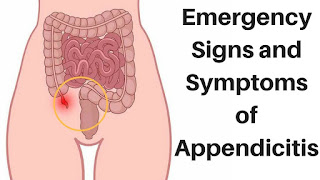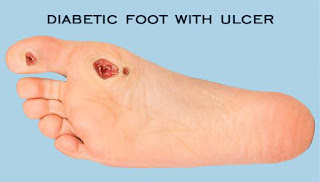Emergency Signs and Symptoms of Appendicitis.

What is appendicitis? A blockage, or obstruction, in the appendix, can lead to appendicitis, which is an inflammation and infection of your appendix. The blockage may result from a buildup of mucus, parasites, or most commonly, fecal matter. When there’s an obstruction in the appendix, bacteria can multiply quickly inside the organ. This causes the appendix to become irritated and swollen, ultimately leading to appendicitis. The appendix is in the lower right side of your abdomen. It’s a narrow, tube-shaped pouch protruding from your large intestine. Although the appendix is a part of your gastrointestinal tract, it’s a vestigial organ. This means that it provides no vital function and that you may live a normal, healthy life without it. The purpose of the appendix is unknown. Some believe it contains tissue that helps your immune system process infections in your body. If you don’t get treatment for an inflamed appendix quickly, it can rupture and release dangerous bacteri
